Updated
10 min read
A Guide to Customer Journeys For Your Mobile App Strategy

The mobile app industry is a saturated market with everyone competing for new customers, but this isn’t necessarily a bad thing.
Sure, more competition means higher costs for acquiring and retaining new users, but this just means companies are creating more unique and flawless customer mobile app experiences.
Keep in mind that we are all customers to various products out there.
It’s a good thing to remember when you’re developing your mobile app strategy. It will help you bring the human element to the customer journey.
So what is a “customer journey” anyway and how can this help you build out your mobile app strategy? Let’s take a look.

Today’s Customer Journey
The customer journey, or customer experience, is the story about the people using your product.
- How did they get to your mobile app?
- How are they interacting with your app?
- What value is your mobile app bringing to them?
- How can you improve their journey through your app to keep them coming back?
While it’s important to stay relevant in today’s changing times, you never want to lose sight of the most essential component: the customer.
The customer should always be at the core of your product as you’re developing, marketing, and updating your mobile app.
Customer journey mapping
The process of documenting this customer journey is called customer journey mapping.
There isn’t a set way to create one, but the idea is that it’s supposed to be a visual representation of your customer’s journey.
It maps out how your users are interacting with your map to help give you their perspective. Here’s a customer journey map from the cosmetics company Lancome.
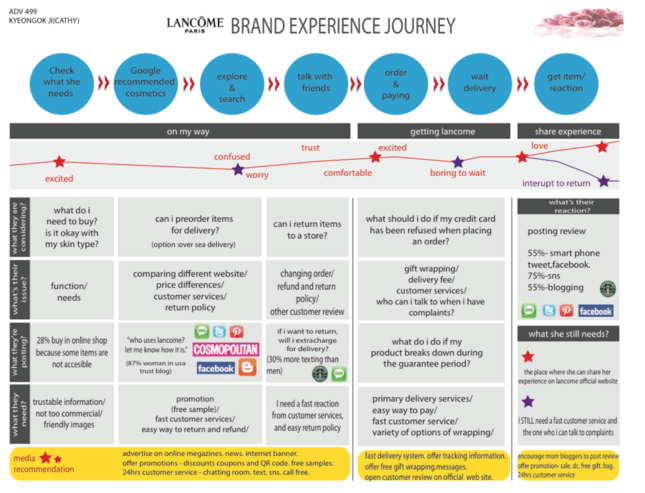
I know, there’s a lot going on here, and while your own customer journey map doesn’t need to look the same, keep in mind that having this level of detail is what makes this user map so valuable.
This map shows what kinds of considerations customers have, like what they need to buy, whether or not it’s ok for their skin type, if they can return the item back to the store if need be, and so on.
It’s acknowledging potential issues and what the customer needs to get them to buy something.
This is an incredibly effective way to build a marketing and communication strategy for any business, including your mobile app.
Let’s quickly highlight some key points about what a customer journey is:
- Visual representation of the customer journey
- A process that builds off of user personas
- Represents customer needs, feelings, goals, and pain points
- Puts you in the customer’s shoes
- Illustrates every step they take when engaging with your app
- Provides the full end-to-end experience from the user perspective
- Provides helpful insight on who your customers are and how they experience your app
The Importance of Customer Journeys
Creating things like user personas and customer journey maps can take time, but I promise you that the juice is worth the squeeze.
Here’s why:
Value #1: Create a customer-centric approach
Understanding the full journey your users take, from seeing your app in the app store, to thinking about downloading the app, to downloading and using the app, to making in-app purchases – all of this will help you build your mobile app strategy.
It takes a customer-first approach to building your app and puts them right in the center which will help you personalize your app, market your app, and give your target audience what they need.
According to The Economist, 64% of companies with a customer-centric approach find themselves to be more profitable than competitors.
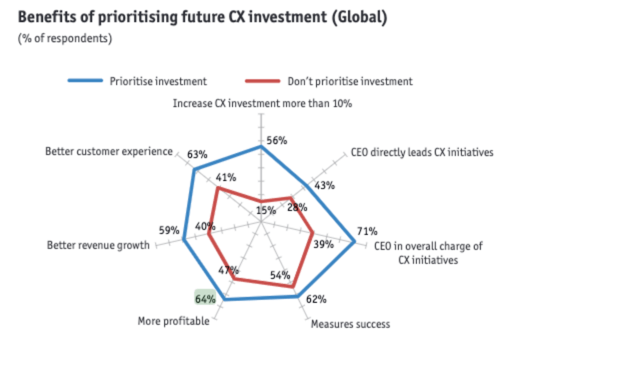
Value #2: Produce a better mobile app
Having a customer-centric approach when building your app means producing an overall better product and experience for your users.
Considering and exploring the needs, desires, expectations, and pain points of your users will naturally give way to creating an overall better mobile app.
Value #3: Retain and win new clients
Creating a customer journey is all about putting the customer and their needs first.
If you have happy users who feel fulfilled when using your app, they’re going to keep coming back.
This also means that word will spread about your usable app which will not only retain but bring in new customers.
Value #4: Create marketing campaigns
Not only will taking the time to consider the customer journey help you create a marketing campaign for your mobile app, but it will also help you create an effective marketing campaign through smarter decision making and improved user targeting when advertising.
This means a better ROI on your marketing dollars by gathering valuable user data from journey mapping.
Breaking Down the Customer Journey
Let’s take a closer look at the customer journey to see how you can get the most value out of it.
#1 Customer behaviors
In the customer journey, it always starts with how the customer finds your platform, whether it’s at a typical brick and mortar store, online, or through a mobile app.
Breaking down how a customer comes to find your application, how they will interact with it, and how their user experience is shaped is vital in creating more value for you and the end user.
Not every customer will behave the same, but you can count on most to follow pretty much the same steps in purchasing whatever your app is selling.
When a customer learns of your application, they may take interest in it which starts their journey as a customer.
After this step, they usually begin evaluating prices which may lead to outside sources (blog posts, user reviews or even friends) in the search for more information.
This can make or break their decision on whether they will use your product or not.
If they have decided to become a customer, they will quickly commit to this decision and purchase.
The goal here is to reward this behavior and create a repeat customer.
Here is an interesting infographic from Big Commerce which highlights consumer behaviors as it relates to online shopping:
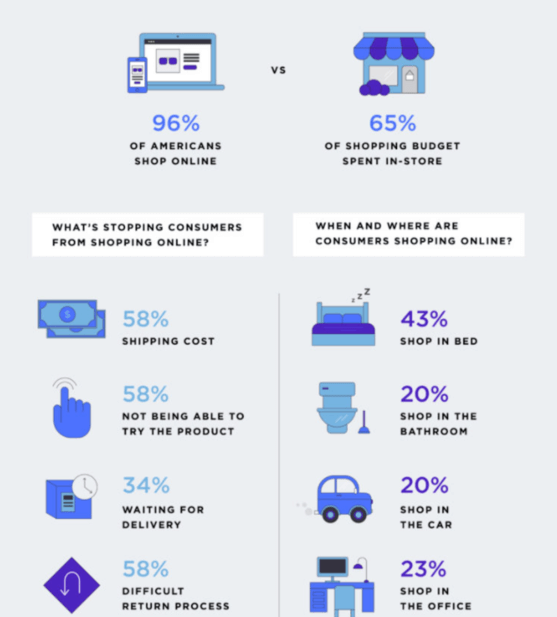
#2 Customer Needs
There are many basic needs you should meet when creating a product. People want to succeed, to be heard, to make money, to simplify.
How does your app meet those basic human needs?
This is important to understand because it will not only help with designing your product, but marketing it. You can tailor your message directly to the needs people are looking for.
Here is a list of different needs customers have when deciding on purchasing a product.
Functionality
Does your product function in such a way that solves the problem they have, or is it creating more problems for them?
You’ve probably experienced this yourself. An app solves part of the problem, but then you have to cobble together other solutions to really meet the need you were trying to solve.
Price
No one wants to believe price is important, but everything is a function of price.
Is there a relationship between the value you are offering and the price the customer is willing to pay?
Convenience
Is the solution convenient to the customer or does it create more work? Think friction.
Does your solution make things easier, or does the path to the solution involve work and hoops to jump through.
Experience
The experience must be enough that they’re willing to share it with others. Does the experience create a “wow” factor?
Design
Similar to experience, design should not only be beautiful, but intuitive.
Reliability / Performance
Does your solution function as expected every time the customer needs to use it? (This is where testing comes into play.)
Efficiency
The product needs to be more efficient than the problem users are trying to solve.
If your solution creates more work, customers will abandon your idea quickly.
Compatibility
If you have other products, how does this new solution work with other products you provide? Do they interact with each other successfully?
Empathy
Eventually, customers will have to interact with your team for help. No product is perfect.
Are you set up to act and respond with empathy to assist them to use what you have created?
Fairness
Fairness means more than pricing.
Think about fairness when you are crafting terms of service and how you are going to use customer data.
People are willing to concede to having their data used if it solves their problem in a fair manner.
Transparency
Bad things happen. Software has bugs. Data gets corrupted. Solutions aren’t delivered as expected.
People can be forgiving as long as you’re transparent about what’s happening.
Control
Do your customers have control over their interaction with you, or do they feel trapped?
They need to be able to change terms, subscriptions, or even return items. If this isn’t clear, they will feel scammed, which will hurt your reputation.
Options
Options are related to control.
Always give 2 to 3 options inside your product. This empowers customers by giving them a measure of freedom. It can even boost your profits.
Information / Communication
Communicate with customers once they initiate a relationship with you. This could be through email, text, push notifications, or social media, but continue to communicate and deliver valuable information.
Accessibility
As a company, you must be accessible to help with issues that arise. This is a perfect feedback loop and will help you refine your product.
It will even give you ideas for new features and products.
#3 Customer Data
Analytics can be your friend in this step.
Simple research using Google is a great first step. You should find that customers are in fact searching for your solutions.
Google Keyword Tool
The Google Keyword Tool is used primarily for research for SEO and PPC, but can be used for any product.
Inside of the tool, you can insert keywords about your products and discover.
The best place for research is looking at other questions people are asking. This can help you focus in on areas of interest.
Take a look at this example of Google’s keyword tool. You can see the search volume of different keywords as well as the opportunity score.
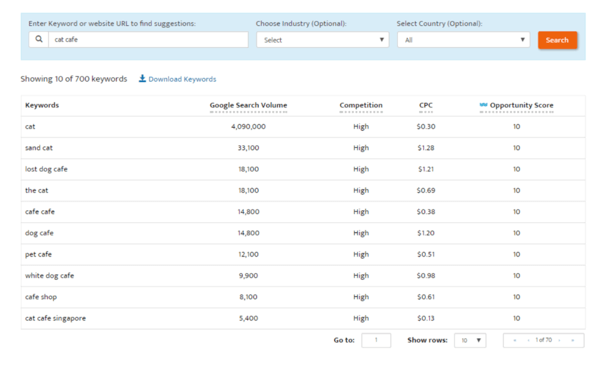
Amazon and Youtube
These are other resources you can use for search data. When you begin searching in those sites, recommendations are given that will help you expand your thinking about your product.
Don’t worry if there are products targeting similar customers and solutions. This is good.
This means there is a market for your product and the difference you bring will likely have a higher chance of success.
Sites like Quora or forums like Reddit can also be valuable. You can often find questions people are asking about your solutions, but no answers.
Questions with a significant amount of likes and views without good answers is a perfect place where you can build solutions.
This research tells you that people are looking for your product, but today they haven’t found solutions necessary to satisfy those needs. This is the perfect place to be.
Mobile search engines
Search engines such as the Apple store, AppApp, Fnd, AppCrawler, AppPicker will give you mountains of data. Look for apps that are trying to provide similar solutions.
What are their weaknesses and strengths? How can you set yourself apart from what they are doing?
Make sure you spend time in the reviews, especially the negative ones. You will soon learn what’s missing and what people are looking for that they can’t find in the current marketplace.
Be prepared to pivot as you discover these nuggets. It may take you in a different direction with functionality and design, but could uncover a hidden need that no one else is meeting.
Final Thoughts
The customer journey is a long one, so take your time exploring every step your users take throughout the process.
Defining their journey and analysing it is one of the best things you can do to build out your mobile app strategy and set your brand up for success.

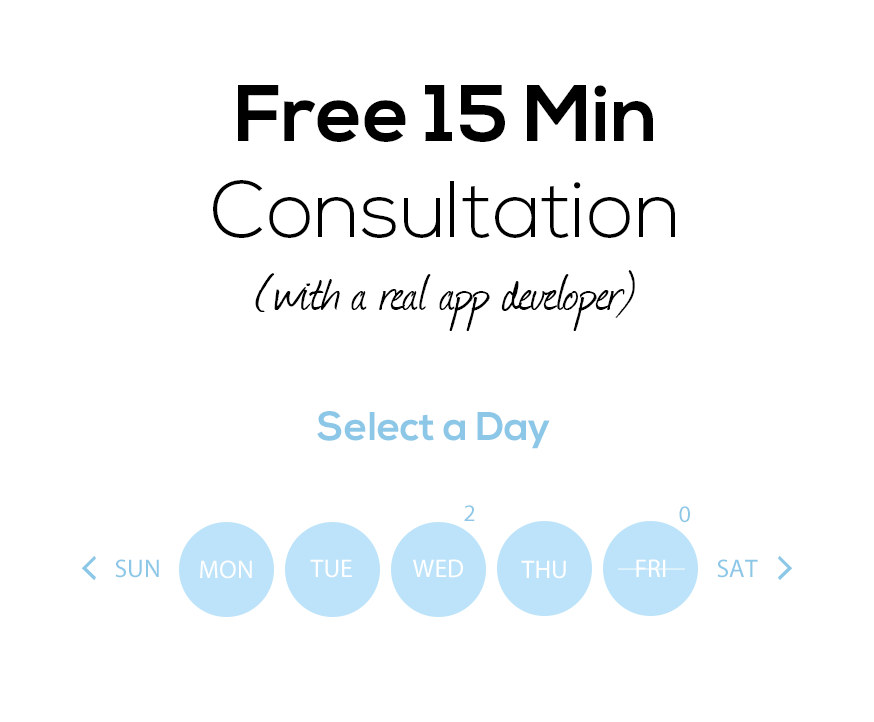


Your inbox wants some love.
Stay informed with Webiotic latest









0 Comments